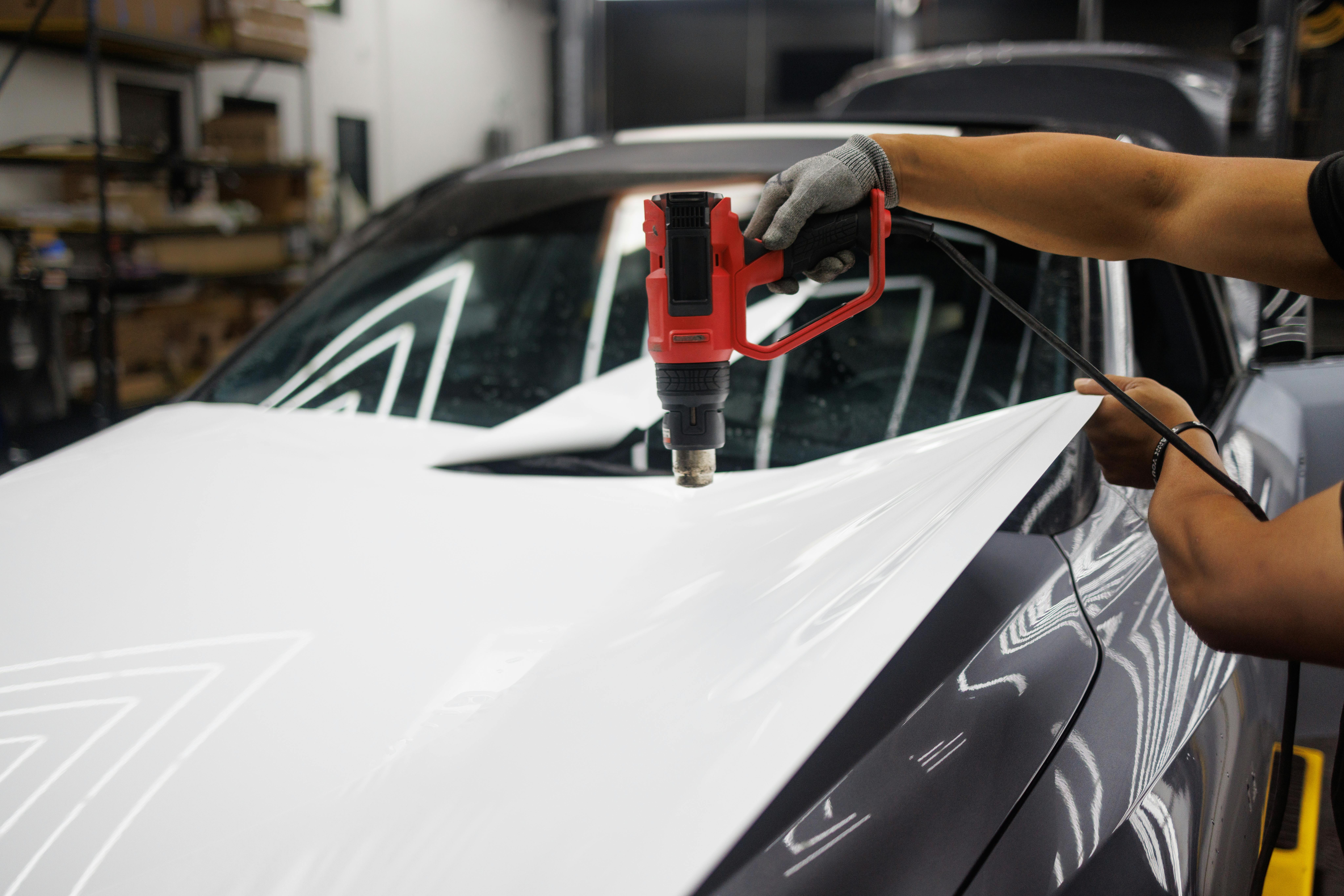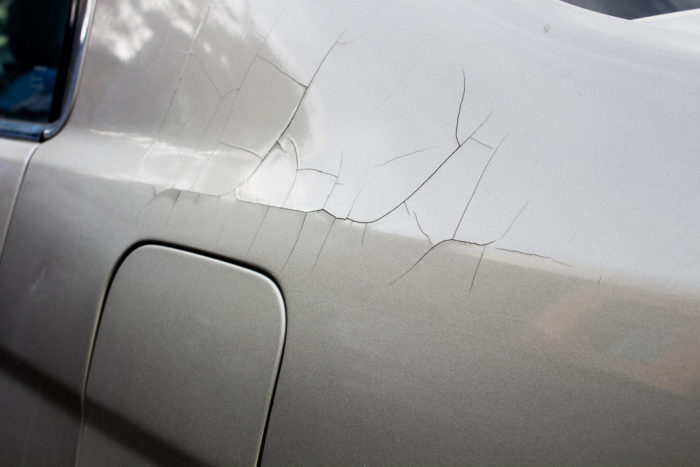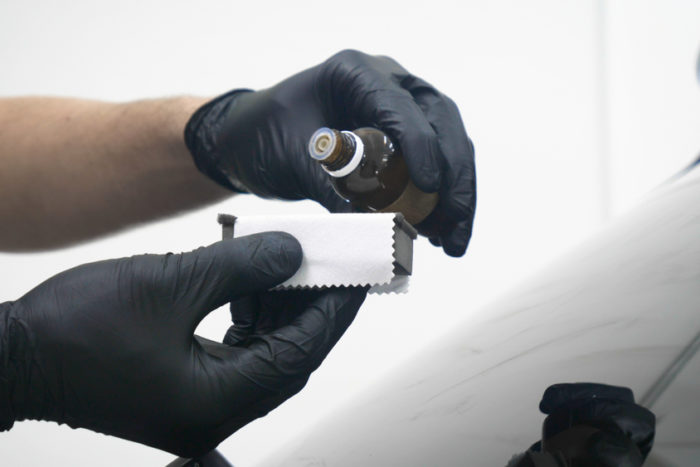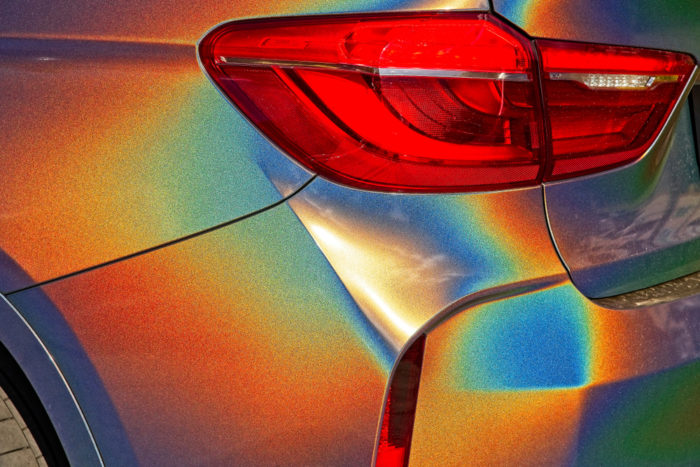What Is The Cheapest Color To Paint A Car?
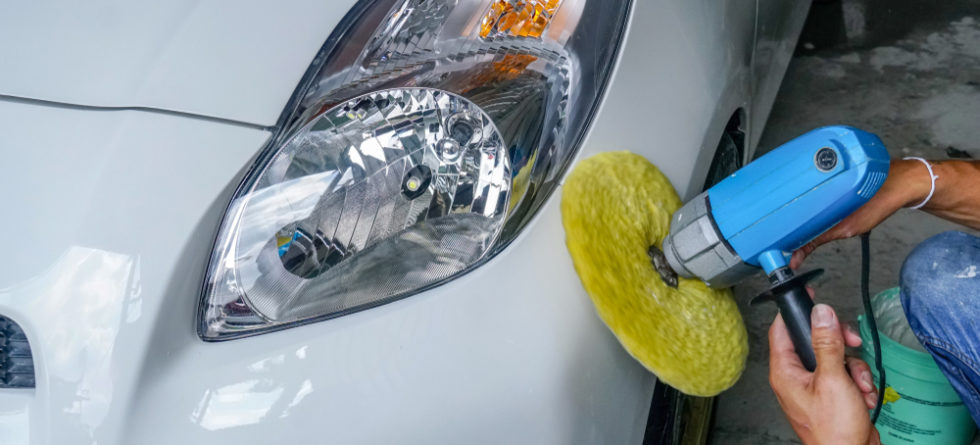
The cheapest color to paint a car is typically one of the standard, non-metallic colors such as white, black, or certain shades of red and blue.
These colors tend to be less expensive for several reasons…
- Popularity and Volume – White, in particular, is one of the most common car colors globally. Its popularity means paint manufacturers produce it in large volumes, which can reduce the cost. Similarly, standard black, red, and blue paints are also produced in large quantities for automotive use.
- Simplicity of the Formula – Non-metallic, solid colors generally have simpler formulas compared to metallic or pearlescent paints. They don’t contain the additional materials (like metal flakes or pearlescent pigments) that contribute to the higher cost and complexity of producing and applying more specialized finishes.
- Fewer Coats Required – Solid colors often cover well with fewer coats, reducing the amount of paint needed and the labor involved in application. This contrasts with metallic or pearlescent colors, which may require additional base coats, mid-coats, or clear coats to achieve the desired finish and depth, increasing the cost.
- No Additional Premium – Unlike some specialized or trendy colors, standard solid colors like white and black don’t carry a premium. Car manufacturers often charge extra for metallic, pearlescent, or special effect colors due to their more complex manufacturing processes and the greater amount of material needed.
Key Points
- White is often cited as the least expensive color for automotive paint due to its high demand and efficiency in production and application processes.
- Black, red, and certain shades of blue are also cost-effective options, offering a straightforward application process without the need for additional layers or specialized materials.
- The overall cost can be influenced by the type of paint (e.g., acrylic, urethane) and the specific requirements of the vehicle, including prep work and repairs.
When choosing a color for cost reasons, balance the paint’s initial cost with considerations like maintenance and longevity. For example, while white may be cheaper to apply, it can show dirt more easily, potentially leading to higher cleaning costs. Conversely, darker colors might be slightly more expensive but could require less frequent cleaning.

